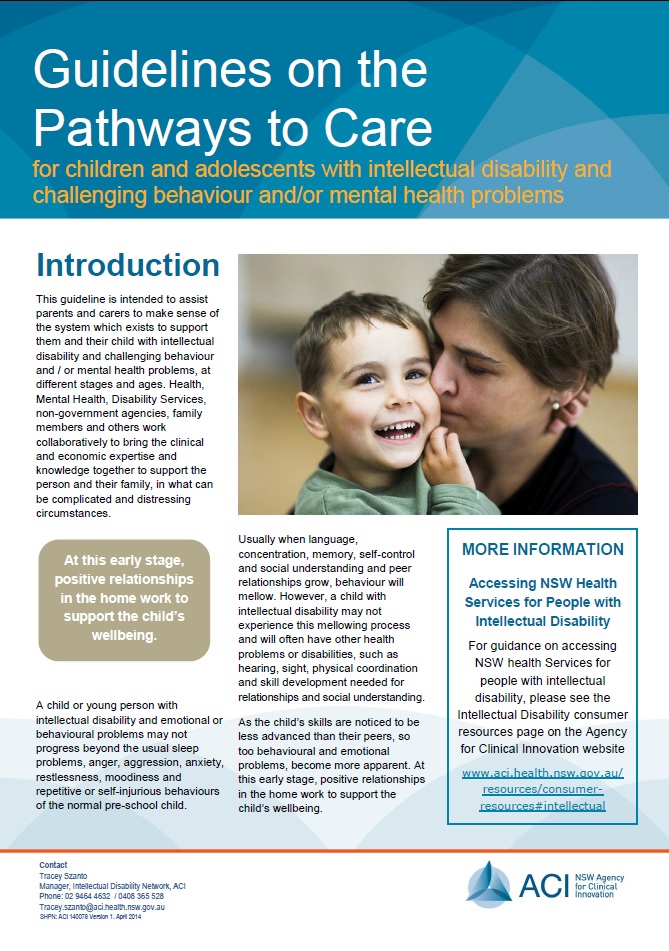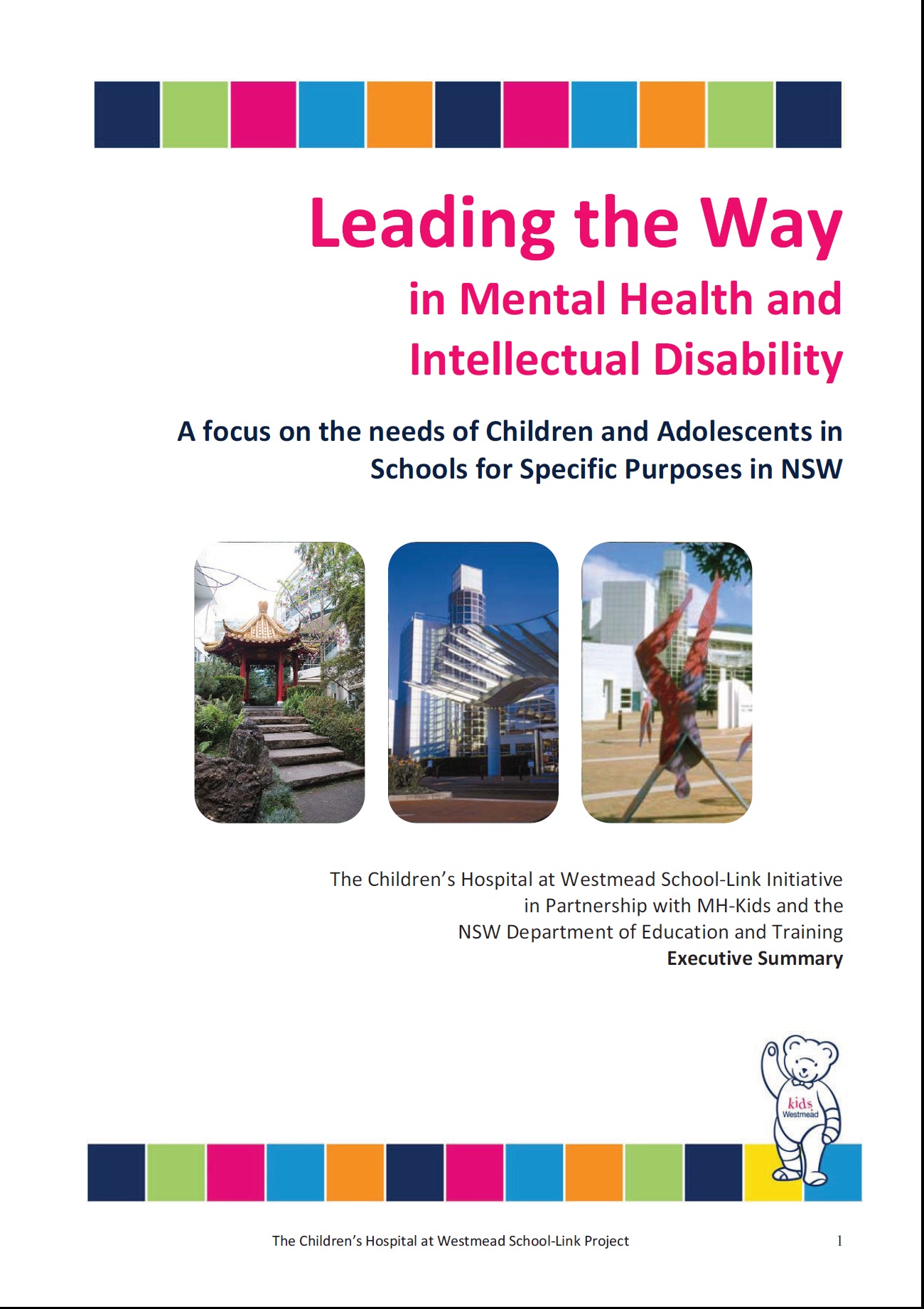The Medicine Cabinet
-

Adverse Reactions
(384K)This article by Judith Longworth from the journal article Volume 5 issue 1 2014 explains the adverse effects of taking medications. -

Allergies and Anaphylaxis
(179K)This journal article by Judith Longworth from Volume 6 Issue 1 2015 discusses FAQs on allergies and anaphylaxis. -

Anxiety treatments when SSRI's fail
(176K)This journal article by Judith Longworth in Volume 7 issue 1 2016 discusses anxiety treatments when SSRI's fail. -

Aripiprazole
(295K)This article by Judith Longworth and Dr Kenneth Nunn from Volume 5 Issue 2 2014 discusses Aripiprazole. -

Atomoxetine
(245K)This journal article by Judith Longworth in volume 7 issue 3/4 2016 discusses Atomoxetine. -

Clonidine
(1.2M)This article by Judith Longworth in the CHW School-Link Newsletter Volume 4 issue 3/4 2013 explains clonidine. -

Fluoxetine
(187K)This article by Judith Longworth in the CHW School-Link Newsletter Volume 2 issue 2 2011 explains the use of fluoxetine. -

Mood Stabilisers Part 1
(266K)This article by Judith Longworth in the CHW School-Link Newsletter Volume 3 issue 3/4 2012 explains mood stabilisers used with children and adolescents with an intellectual disability. In part 1 medications discussed include lithium and carbamazepine. -

Mood Stabilisers Part 2
(233K)This article by Judith Longworth in the CHW School-Link Newsletter Volume 4 issue 1 2013 explains mood stabilisers used with children and adolescents with an intellectual disability. In part 2 medications discussed include lamotrigine, topiramate, levetiracetam, gaba pentin and other anticonvulsants. -

Obesity and Medications
(271K)This article by Judith Longworth in the CHW School-Link Newsletter Volume 3 issue 1 2012 explains how medications can cause weight gain.Medications discussed include: antipsychotics, mood stabalisers, antidepressants and psychostimulants. -

Propranolol
(222K)This journal article by Judith Longworth from Volume 6 issue 2 2015 discusses Propranolol. -

Psychotropic Medications
(80K)This article by George Liangas from the CHW School-Link newsletter Volume 1 Issue 2 2010 explains the use of psychotropic medications in children and adoelscents with an intellectual disability. -

Quetiapine
(281K)This article by Kenneth Nunn and Judith Longworth in the CHW School-Link Newsletter Volume 4 issue 2 2013 explains the use of the drug quetiapine as an antipsychotic and in treating anxiety. -

Risperidone
(293K)This article by George Liangas in the CHW School-Link newsletter Volume 2 issue 1 2011 explains the use of Risperidone. -

Ritalin
(93K)This article by George Liangas in the CHW School-Link Newsletter Volume 1 Issue 3/4 2010 explains the use of ritalin otherwise known as methylphenidate. -

Sleep Disorders and Medication
(235K)This article by Judith Longworth in the CHW School-Link Newsletter Volume 2 issue 3/4 2011 explains the medications for sleep disorders and the effects of some common medications on sleep in children and adolescents with an intellectual disability. Medications discussed include: melatonin, clonidine, benzodiazapines, chloral hydrate, antipsychotics and antihistamine and complimentary and alternative medications. -

Some Medicine's Don't Mix
(221K)This journal article by Judith Longworth in Volume 8 Issue 1 2017, discusses how some medicines do not mix together.






